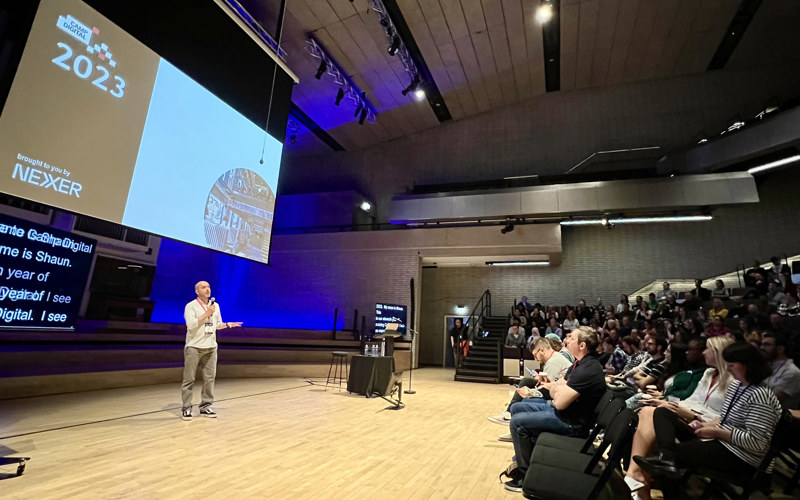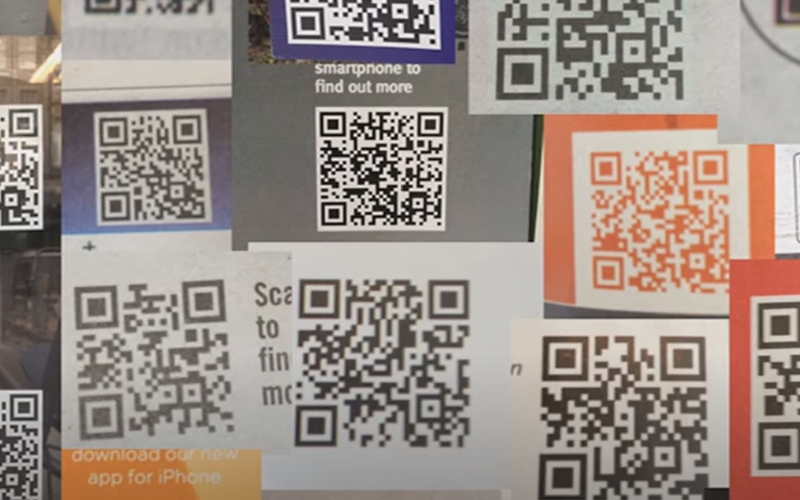
Designing content and culture: Reflections on an evolving digital world
Vicki Madden, Content Designer, reflects on her time at Turing Fest and Camp Digital and how digital design principles can help create an inclusive and positive work culture.
Vicki Madden
25 Sept 2023



